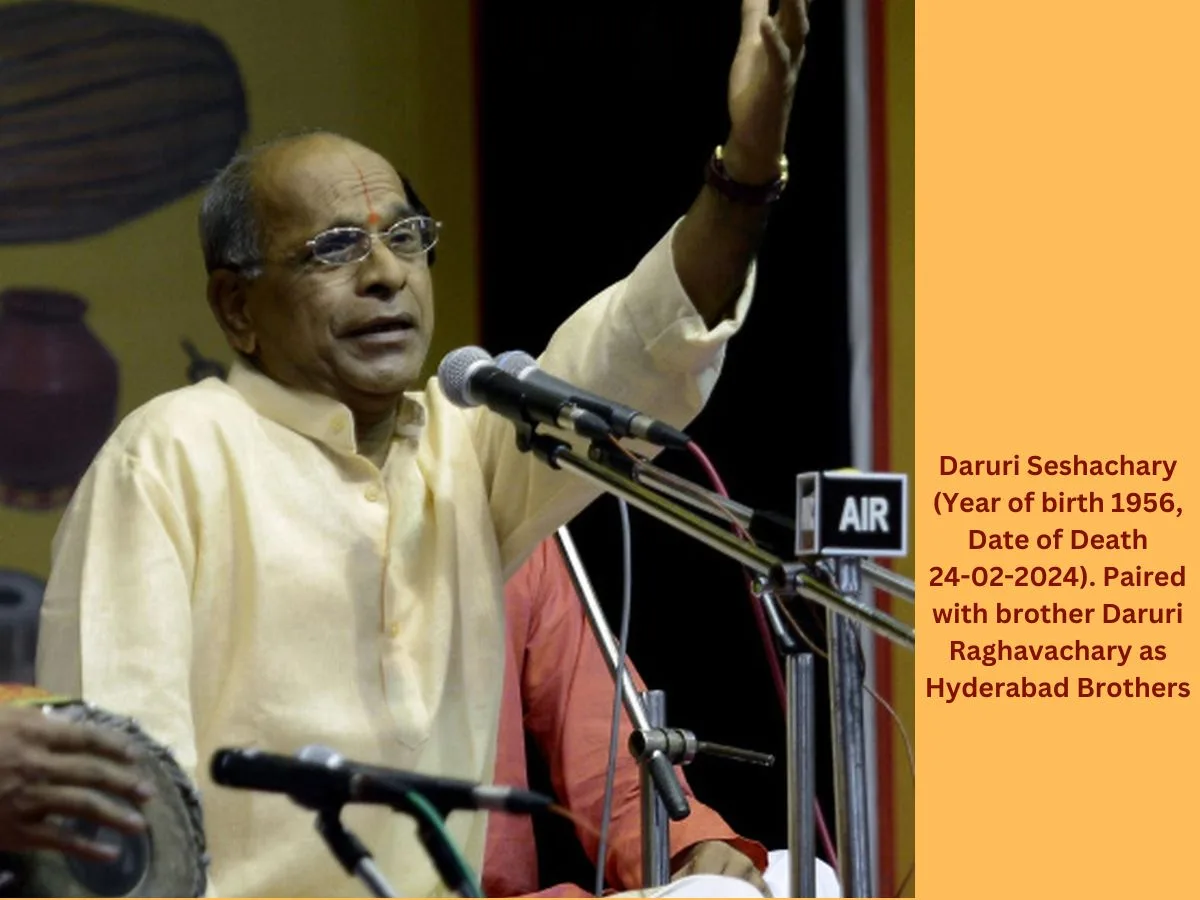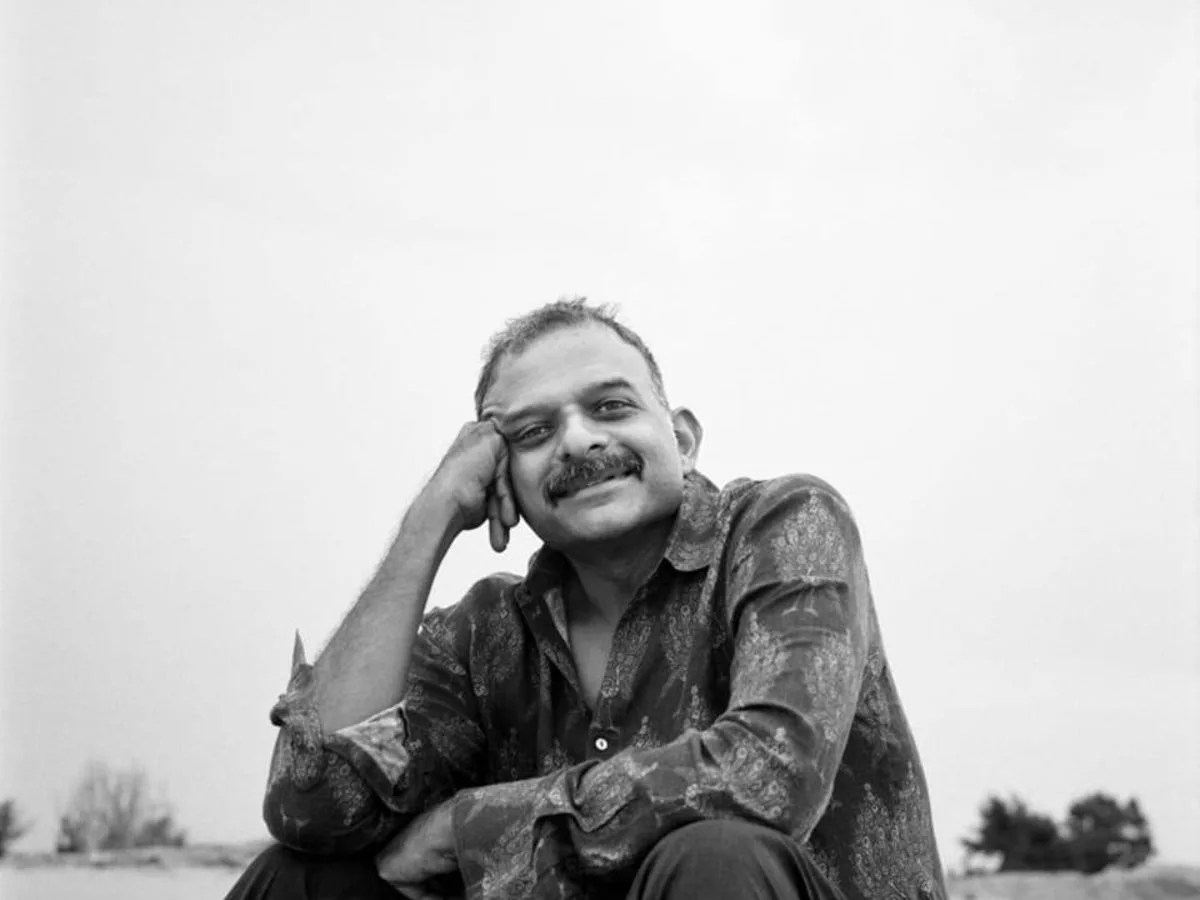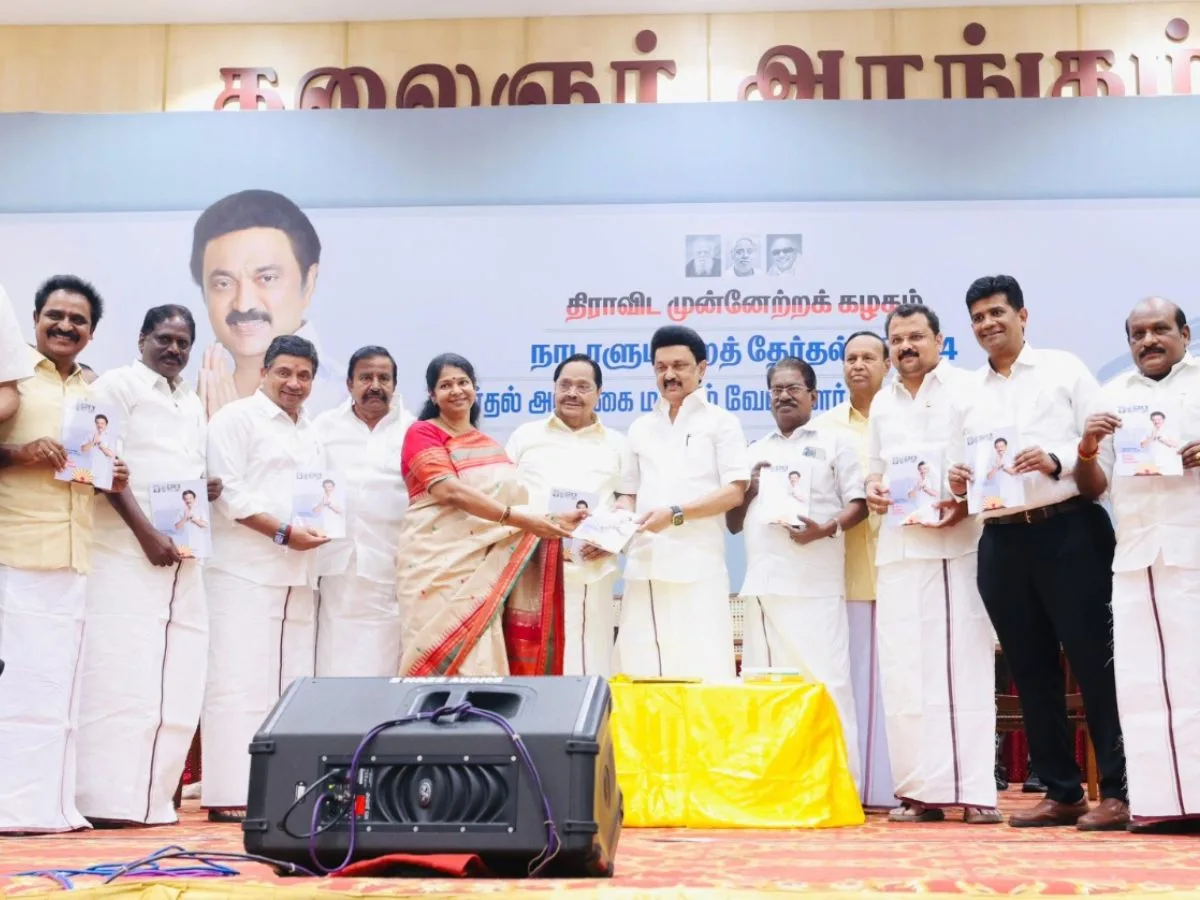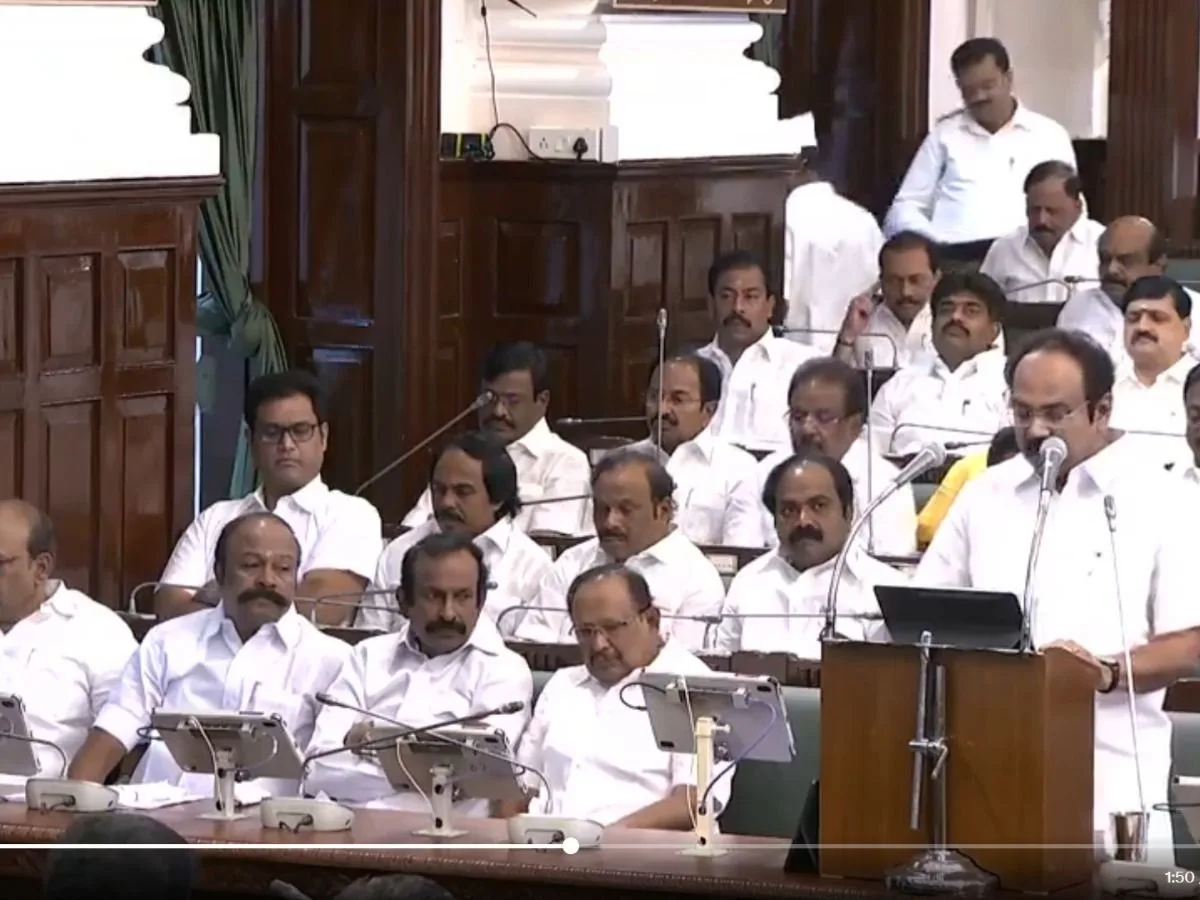Read in : தமிழ்
In its reasoning rejecting exclusive 10.5% reservation for vanniyar community, the Supreme Court has held that the state government has the power to order such caste-based sub quotas but the 2021 legislation was not backed by recent data, analysis and scientific reasoning. The Supreme Court has rejected the Madras high court ruling that the state government has no competence on enacting such a law but upheld the ruling that the 2021 legislation was not backed by current data and analysis. The court has said caste can be a starting point for such sub-quotas and exclusive reservations within backward classes.
The vanniyar reservation that was hastily passed in the Tamil Nadu ahead of the elections by the AIADMK government to stitch together an alliance with the PMK has been backed by the DMK government. If the DMK government were to pursue this further through legislation, the Supreme Court reasoning indicates how this needs to be done
This DMK government will have to embark upon a detailed, scientific study of population percentages of caste groups and evaluate the social-economic conditions as well as representation in professional courses and government services. This was done by Justice Ambashankar commission in the early 1980s, but the Supreme Court has called the data obsolete. Then the backward classes commission will have to show that the vanniyar community deserves reservation within the MBC group based on their representation in education and government service. The evaluation of the quantum of reservation will have to follow the Supreme Court’s observation that the reservation should be adequate and need not be proportionate.
The basis for the 10.5% reservation was the percentages of various caste groups in Tamil Nadu’s population evaluated by the Ambashankar commission in 1983. A door-to-door survey was conducted of the total population in the state. Out of a population of 4,99,90,943, the population of MBCs and DNCs was 1,23,17,745 which amounts to 24.6%. The population of the vanniakula kshatriyas was 65,04,855, which is 13.012% of the total population. Tamil Nadu’s total population today is some 6.8 crores, which represents more than a 35% increase over the Ambashankar commission estimate.
As per Ambashankar commission report of 1983, out of a total state population of 4,99,90,943, the population of MBCs and DNCs was 1,23,17,745 which amounts to 24.6%. The population of the vanniakula kshatriyas was 65,04,855, which is 13.012% of the total population.
The Justice Janarthanam commission in 2012 had undertaken a feasibility analysis of castes and communities demanding internal reservation and applied a formula for finding out the feasibility factor of each such community. The Janarthanam commission had received 30 representations from communities within the MBCs seeking sub-quotas. Out of 30, eight were from vanniakula kshatriyas, five from meenavars, one each from thotiya naicker, maruthuvar, navithar, salavai thozhilalar and erra gollar. The commission concluded that none of the other castes / communities, demanding internal reservation within the 20 per cent reservation granted to MBCs and DNCs, satisfied the test of viability or feasibility for exclusive sub-quota. The other communities demanding reservation were too small in number to demand such an exclusive quota.
The 2021 legislation was based on Justice Thanikachalam commission’s report to the state government. The report cited the earlier Justice Janarthanam commission report that studied data for the years 2007-11 and found admissions of students belonging to the vanniakula kshatriya community in professional courses such as engineering, medicine, veterinary science, agriculture and law were not proportionate to their population, as per the Ambashankar commission data compiled some 25 years before. The commission also found that the representation of this community in Group A, Group B, Group C and Group D services of the state government was 8.67%, which it held to be inadequate, given the Ambashankar estimate of more than 13% share in population. The commission chairperson gave a “minority report” recommending 10.5 per cent internal reservation for the vanniakula kshatriyas. This grouping includes vanniyar, vanniya, vannia gounder, gounder or kander, padayachi, palli and agnikula kshatri.
It is apparent that the commission did not receive representations from the sizeable mukkaluthor group comprising maravars, kallars and agamudaiyars demanding caste-based sub-quotas. Their peeve over the 10.5% exclusive vanniar reservation is said to have contributed to the AIADMK’s poor performance in the south even as it stayed its ground in the west where gounders who had been included in the exclusive quota are dominant.
The court has said that in the absence of any exercise undertaken or any findings arrived at to demonstrate that members of the vanniakula kshatriya community are unable to compete with the remaining communities within the MBCs and DNCs, the 10.5% reservation was unacceptable.
The Janarthanam commission report was hastily given just before Parliamentary elections of 2012. Some nine years after the Janarthanam commission report, the Justice Thanikachalam commission sent a letter in Feb 22 of 2021 affirming the 10.5% reservation, just four days after a state government request ahead of the coming Assembly elections. The court has recorded these timelines and immediate electoral motives. It has called both Janarthanam report and the Thanikachalam letter minority opinions, recalling the objections of the other members of the eight-member commission over quality of data and so on. In its letter, the Thanikachalam commission recommended 10.5 per cent reservation for vanniakula kshatriyas, seven per cent for DNCs and some MBCs and two and a half per cent for the remaining MBCs.
The court has said that in the absence of any exercise undertaken or any findings arrived at to demonstrate that members of the vanniakula kshatriya community are unable to compete with the remaining communities within the MBCs and DNCs, the 10.5% reservation was unacceptable. The court has held “adequate reservation” to offset historical under-representation is not the same as “proportionate reservation”. In other words, percentage in population cannot be the sole determining factor to compute reservation percentages.
The court accepted data submitted by a respondent that for the years 1980-1983, 25 communities from 48 communities identified as MBCs and 66 out of 68 communities identified as DNCs did not get admission into MBBS course. Students belonging to the vanniyar community, however, secured 104 seats in medical course, 87 admitted on the basis of reservation and 17 in open competition. The court took this to ask for more data-based justification for whether vanniyar communisty was indeed entitled to exclusive reservation in admissions and government employment against the other 100 odd communities listed as MBC/DNC.
Read in : தமிழ்











